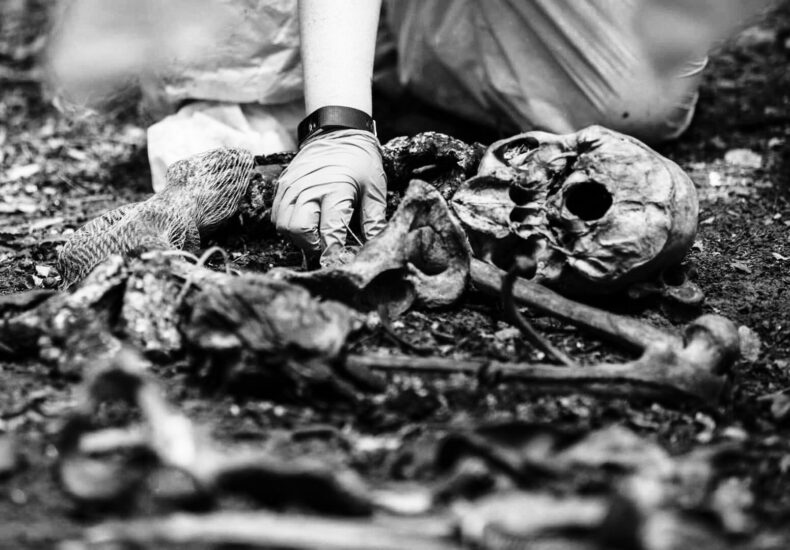
Forensic Anthropology in Cemeteries: What Bones Can Tell Us
We often say “the dead tell no tales,” but forensic anthropologists would beg to differ. In fact, they’d argue the dead won’t shut up—especially when their bones are involved. Cemeteries, far from being silent sanctuaries of rest, are active sites of scientific investigation. Whether it’s solving centuries-old mysteries or identifying remains from modern conflicts, forensic anthropology turns burial grounds into open books.
So, what can bones really tell us? Grab a metaphorical shovel—because we’re about to dig deep.
Contents
- What Is Forensic Anthropology, Anyway?
- Cemeteries: Not Just for the Dead
- What Bones Can Actually Tell Us
- Cemetery Excavations: Reading the Buried Past
- The Ethics of Digging Up the Dead
- From Cemeteries to Courtrooms
- Pop Culture vs. Reality: The "Bones" Myth
- Bottom Line
- FAQs
What Is Forensic Anthropology, Anyway?
Forensic anthropology is a branch of physical anthropology that applies the science of human osteology (the study of bones) to legal contexts.
Simply put: forensic anthropologists study human remains to figure out who someone was, how they died, and sometimes even why they ended up buried the way they did.
Think of them as part-scientist, part-detective, and part time-traveling historian. They don’t need witnesses—just a femur, a jawbone, maybe a rib or two, and voilà! A life begins to take shape.
Cemeteries: Not Just for the Dead
To the untrained eye, a cemetery might seem like a peaceful landscape of tombstones and tidy plots. But to a forensic anthropologist? It’s a treasure trove of data.
Why study bones from cemeteries instead of crime scenes? Simple: cemeteries offer controlled conditions. You know who’s buried where (in theory), so discrepancies and surprises stand out. Researchers also use old graves to study decomposition over time, effects of embalming, burial depth, and even the impact of climate.
In fact, historic cemeteries are ideal “labs” for understanding how bones weather under different conditions. They help experts estimate time since death (a tricky science called the postmortem interval) and distinguish between natural decay and foul play.
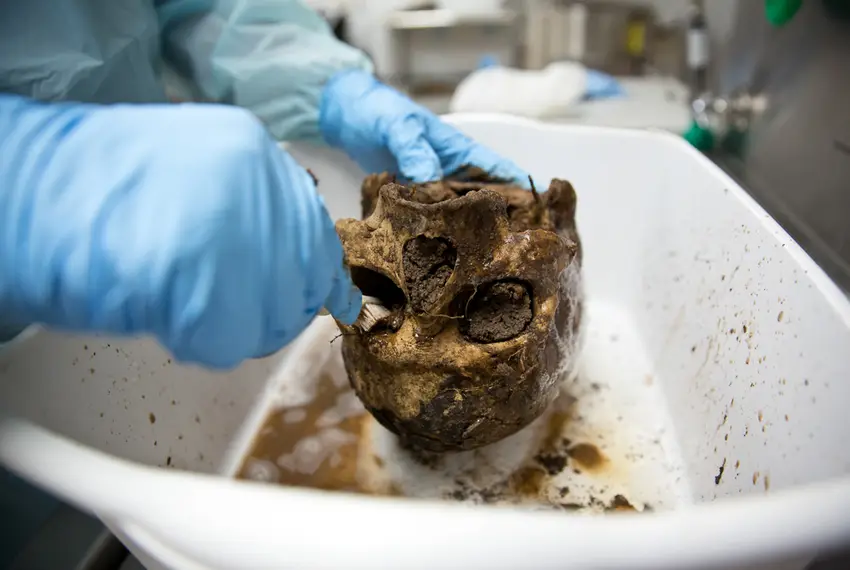
What Bones Can Actually Tell Us
So, what stories do bones whisper to those who know how to listen?
1. Age and Sex
Even before high-tech DNA tests, bones were great at outing a person’s age and biological sex. The pelvis is a dead giveaway—pun fully intended. Women’s pelvises are generally wider (thanks, childbirth), while skulls and long bones offer additional clues.
As for age? Growth plates, dental wear, and bone density help narrow it down. A child’s bones look nothing like those of a 90-year-old, and even teenagers leave behind distinct skeletal signatures.
2. Ancestry and Health
Although controversial in the past, modern forensic anthropology cautiously interprets ancestry-related traits to assist identification. This doesn’t mean confirming race in the social sense, but rather, bone morphology that might suggest geographic ancestry.
Bones also bear the fingerprints of a person’s health. Malnutrition, infections, arthritis, repetitive stress—all leave visible marks. Rickets bows the legs. Syphilis eats away at the skull. Heavy labor thickens joints and muscle attachments. In essence, your skeleton keeps receipts.
3. Trauma and Cause of Death
Here’s where things get dramatic. Bones can preserve evidence of trauma long after soft tissues are gone. A smashed skull? Could be blunt-force trauma. A clean slice across a rib? Maybe a knife wound. Even healed fractures tell stories of past injuries and, sometimes, abuse.
And while soft tissue is better at showing causes of death like heart attacks or poisoning, forensic anthropologists often work with what’s left—sometimes centuries later—making them true detectives of the dead.
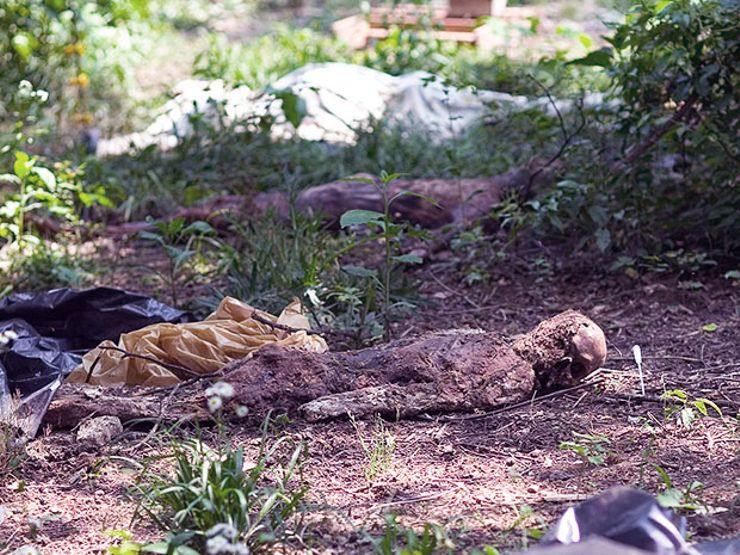
Cemetery Excavations: Reading the Buried Past
Cemetery excavations may sound like the stuff of horror movies, but they’re essential for understanding both individual and collective histories.
Take mass graves, for instance. Whether from war, disease, or disaster, these sites hold keys to identifying victims, reconstructing events, and—even more importantly—offering closure to descendants. Forensic anthropology plays a crucial role in exhuming, cataloging, and analysing remains with the utmost respect and precision.
Other times, archaeologists uncover older cemeteries by accident during urban development. In such cases, anthropologists step in to study what society once chose to bury and forget—from poorhouses and slave cemeteries to unmarked graves from pandemics.
These moments offer a second chance to honor the overlooked and understand the social fabric of the past.
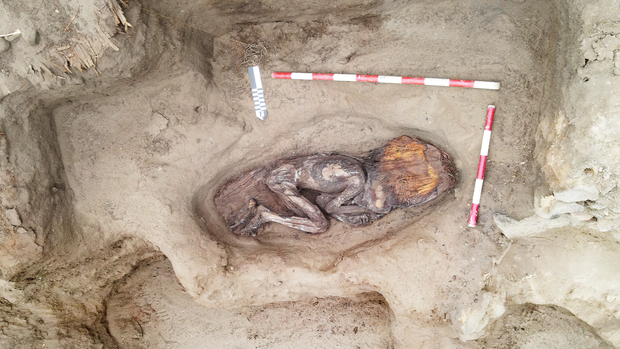
The Ethics of Digging Up the Dead
Let’s be honest: the idea of digging up graves makes many people uneasy. And rightly so. Forensic anthropologists must navigate ethical minefields every time they put a shovel in the ground.
Who has the right to disturb a burial? When is it justified? Indigenous communities, for example, have long opposed the excavation of their ancestors’ remains, leading to protective laws like NAGPRA (Native American Graves Protection and Repatriation Act) in the U.S.
The takeaway? Scientific curiosity must be balanced with respect, consent, and cultural sensitivity. Just because we can analyse bones doesn’t always mean we should.
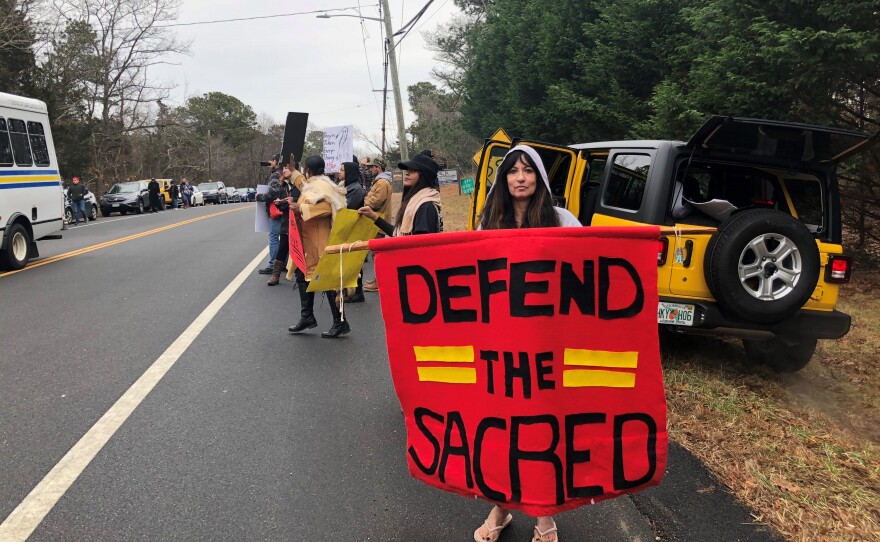
From Cemeteries to Courtrooms
Forensic anthropologists aren’t just researchers—they’re often expert witnesses. Their work can tip the scales in criminal trials, war crime tribunals, and human rights investigations.
Consider the role of forensic anthropologists in post-conflict zones like Bosnia, Rwanda, or Guatemala. There, cemetery exhumations have helped identify victims, reunite families, and bring perpetrators to justice.
Bones don’t lie. They become silent witnesses when human memory fails.
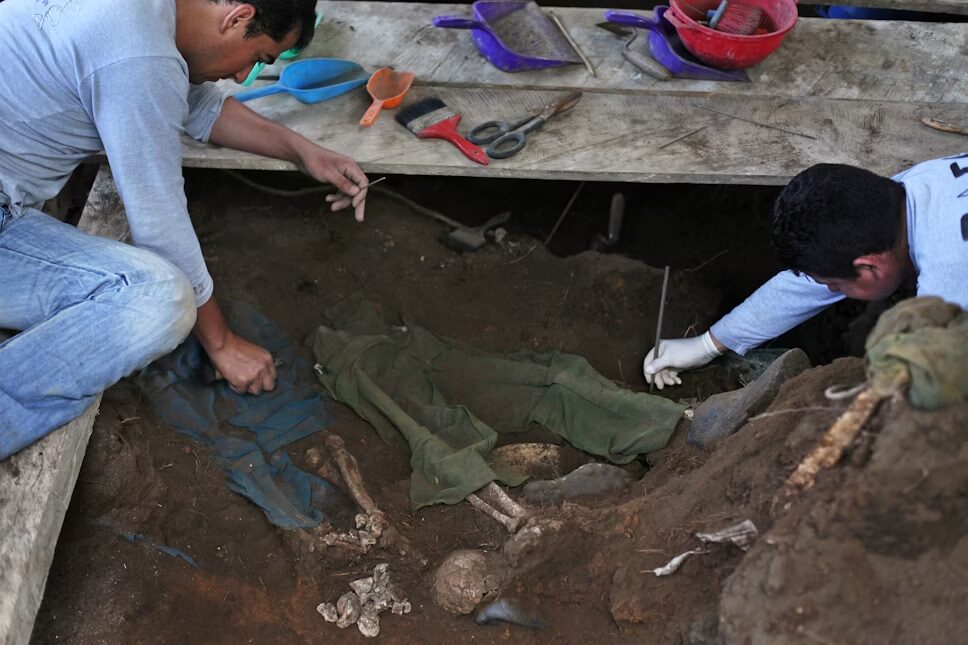
Pop Culture vs. Reality: The “Bones” Myth
Let’s clear this up: TV shows like Bones and CSI have glamorised forensic anthropology to the point of fiction. Real forensic work is meticulous, slow, and sometimes frustratingly inconclusive. And no, bones don’t come with perfect timestamps.
But the truth is even more fascinating: real-life forensic anthropologists are part artist, part scientist, part philosopher. They deal in fragments, yet reconstruct full narratives.
They give the dead a voice—and sometimes, justice.
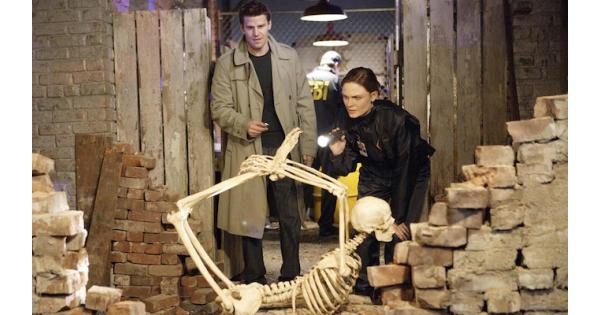
Bottom Line
Next time you pass a cemetery, don’t just think of it as a place of mourning. Think of it as a vast, echoing archive—full of stories waiting to be read. Bones don’t just rest underground; they remember.
Thanks to forensic anthropology, we’ve learned how to listen.
FAQs
No! While it can play a key role in criminal investigations, it’s also used in archaeology, history, mass disaster response, and even climate impact studies on burial grounds.
Yes—sometimes. Sharp force trauma, gunshot wounds, and signs of repeated injury can point to foul play, though some causes of death leave no skeletal trace.
Depending on soil conditions and burial depth, bones can last from decades to thousands of years. Acidic soils break them down faster, while dry or cold climates help preserve them.
Aside from their hands and eyes, they use osteometric boards, digital calipers, 3D scanning, X-rays, and even CT imaging to analyse remains.
Absolutely not. Legal permissions, ethical considerations, and cultural consent are essential before exhuming any grave—whether historic or modern.
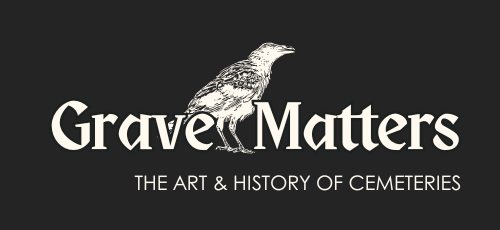
Leave a Reply